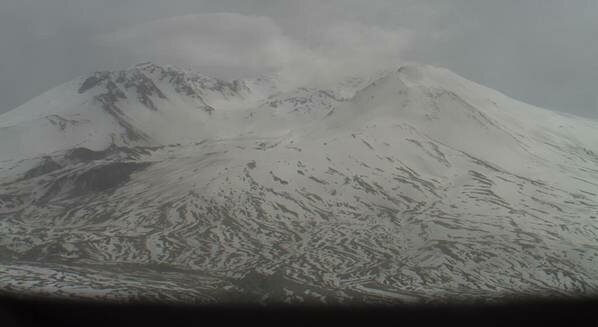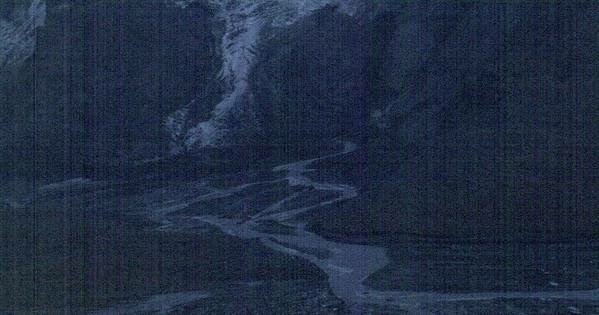 The Johnston Ridge Observatory volcano cam is maintained by the USFS and is located 5 miles from the crater.
The Johnston Ridge Observatory volcano cam is maintained by the USFS and is located 5 miles from the crater.
The competition is close, but I think the HD cam trained on Mount St. Helens just slightly wins in a cam-to-cam comparison with the three cams watching Iceland's Eyjafjallajökull volcano. These two aren't even in the running. The resolution is pretty good, but not great, and they're a bit smaller. (I should add that when the volcano is acting up, they are all slow to load from traffic.)
 This web cam is located in Þórólfsfell, which has a view over the river Markarfljót and the glacier Eyjafjallajökull.
This web cam is located in Þórólfsfell, which has a view over the river Markarfljót and the glacier Eyjafjallajökull.
This live feed from a cam located in Þórólfsfell, on the other hand, is huge and copes relatively well with nightfall. The instructions say that nighttime viewing can be exciting, in fact, thanks to glowing from the volcano.
Speaking of coping, the BBC headline is "Flight chaos to continue into weekend."
An Icelandair flight from Seattle was turned back after a southern volcano dormant almost 200 years erupted near Iceland's Eyjafjallajökull, a smaller glacier. The eruption occurred at 8 p.m. EDT on Saturday night, and planes were warned off landing at Keflavik, over 100 miles west of the volcano, because of the danger of volcanic ash. Locals in the area were quickly evacuated, though today farmers were anxious to return home to check on their animals.
The eruption was not unexpected; seismic activity beforehand indicated magma rising. Now at least one geophysicist is saying the activity might set off the neighboring Katla volcano, which sits beneath nearby Mýrdalsjökull [jökull=glacier]. "All known eruptions in Eyjafjallajökull were related to Katla eruptions and therefore it seems that they might a prelude to eruptions in Katla," Iceland Review Online quotes geophysicist Páll Einarsson saying.
Icelandair lists its volcanically delayed flights here. Delays aside, I completely recommend you visit Iceland whenever possible. Amazing things like this are always happening there.

Most Recent Comments